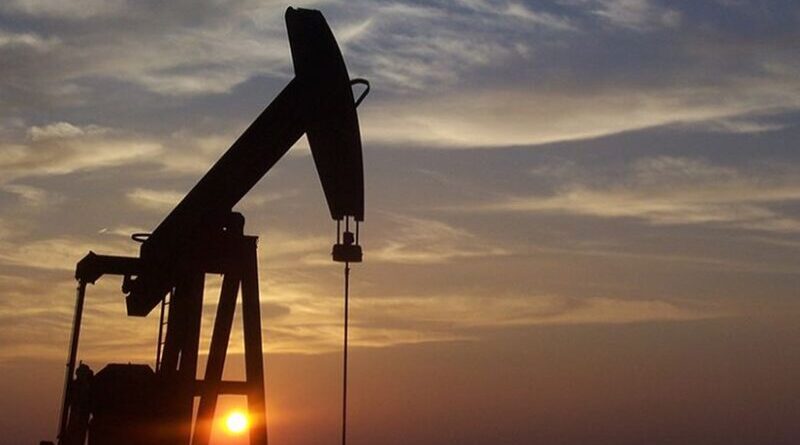Oil’s New World Order? Think Again – OpEd
By Arab News
By Cornelia Meyer*
The US may well be oil’s “new kid on the block,” according to the International Energy Agency’s six-year oil outlook — but that doesn’t mean the importance of Russia and Saudi Arabia, in particular, as the dominant exporters will diminish.
The forecast, released on March 5, largely followed on from the IEA’s monthly oil reports. The agency acknowledged that oil markets were generally in a good place and more balanced than for some time. This was attributed to two things: Growing demand for oil, and production cuts resulting from an alliance between OPEC and 10 non-OPEC nations, which reduced their production by 1.8 million barrels per day (bpd).
The report was bullish on US shale production, saying that America would become the world’s largest oil producer by the end of this year. US export capacity (ports, pipelines, etc.) would more than double from the 2 million bpd today to 4.9 million bpd by 2023. This was hardly surprising, as the agency’s past few monthly reports talked about “explosive growth” in the shale space.
However, the IEA failed to address the controversial question of how much more the shale basins had to give geologically. The global consultancy Wood Mackenzie predicts production will start to taper off by 2024. These are hard calls to make, and shale producers have surprised analysts many times in the past decade, particularly by withstanding periods of ultra-low oil prices by increasing their productivity.
The IEA has also predicted that OPEC production growth would be meagre — about 700,000 million bpd. The bulk of growth would come from the US, Norway, Brazil and Mexico — all members of the IEA family, as Fatih Birol, the agency’s executive director, is quick to point out.
Demand growth is strong for 2018-2019, and the IEA expects markets to be adequately supplied until then. The agency is, however, far from oblivious to production constraints.
The report voices concerns about the cancelation of investment by international oil companies in 2015-2017 when oil prices were low. Many analysts worry about supply after 2020, particularly as declining fields are expected to take production worth “one North Sea” out of the market every year. If shale fails to deliver on its promise, shortages could be severe, given the lack of investment in the pipeline, and internal strife in Venezuela, Libya and Nigeria, and possible geopolitical tension elsewhere. (Venezuela is of particular concern: It has the world’s largest reserves, yet its production has fallen more than 50 percent since 1999 and now stands at 1.6 million bpd.)
The report highlighted the ramifications of rising US production and exports. That does not mean, however, that the incumbents are any less important. Saudi Arabia and Russia have kept oil markets well supplied over many decades, and both are here to stay as the major exporters. The Kingdom, in particular, will maintain its importance as the swing producer. By 2023, the world will have spare capacity of only 2.2 percent, the bulk of which, 2 million bpd, is located in Saudi Arabia. If the going gets tough after 2020-23, all eyes will be on the Kingdom.
Shale is often hailed as the new swing producer — but it is not. Its production ebbs and flows with the oil price, and shale producers are too entrepreneurial and dispersed to share the burden of ensuring markets are well supplied and edge toward balance. That is not in their DNA.
Adequate supply of markets is the very mission of OPEC, whose de facto leader is Saudi Arabia. OPEC has upped the game with the agreement of cooperation between the organization and 10 non -OPEC countries led by Russia. The agreement will hold until the end of this year and its leaders are working hard to craft a framework ensuring cooperation beyond 2018. Given the new entrant on the global scene, cooperation is more important than ever.
The new world order will not displace either Saudi Arabia or Russia. It will, however, redirect trade flows. The first shale boom routed African and Middle East crude eastwards. The new boom will result in a further redirection of crude shipments. Expect the Asian markets to be hotly contested. They can accommodate lots of crude as global refining capacity is forecasted to grow 7. 7 million bpd until 2023, most of it in Asia and the Middle East. China and India will make up around 50 percent of global demand growth until then.
The IEA has given us the tools and numbers to analyze and forecast more adequately — and it is objective. However, we have to bear in mind that it is written from the vantage point of an organization that is part of the OECD.
*Cornelia Meyer is a business consultant, macroeconomist and energy expert. Twitter: @MeyerResources

